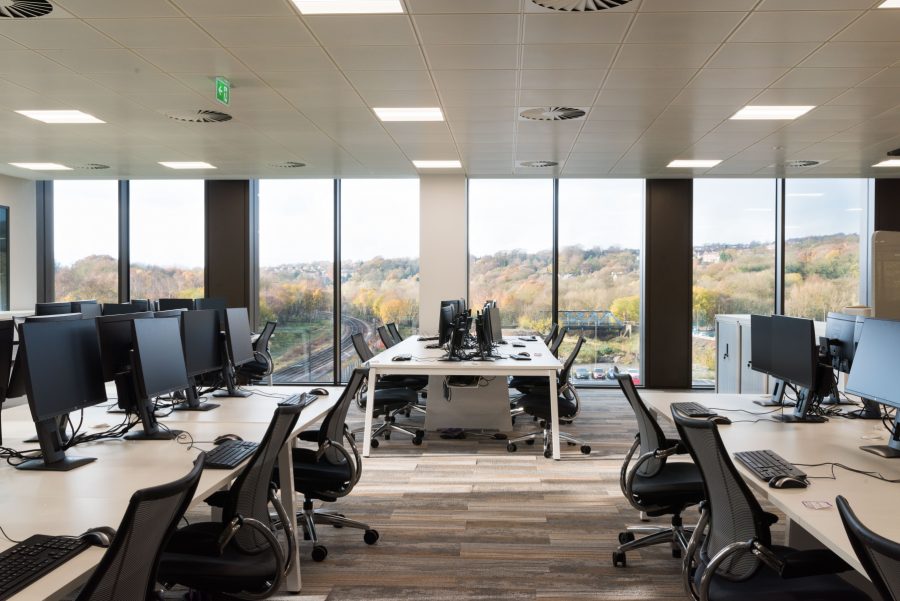Insights
Daylight design: evolving our thinking.
Light lessons from our evolutionary history.
In the developed world today, it’s estimated that we spend 90% of our time inside manmade structures. However, this modern era of human-built environments accounts for a mere fraction of our evolutionary history.
The fact is, we evolved in an outdoor world driven by the 24-hour light-dark cycle of the earth, and our biology is a testament to that.
For decades, good design has instinctively understood the need for daylight. In-depth research now leaves us in no doubt of its benefits. We know that sunlight not only enables us to see, it drives our body clocks, affects our moods, and is a key source of Vitamin D. This list is by no means exhaustive – it gets longer as we learn more about what sunlight does for, and to, our bodies.
Innate needs.
We’re also discovering that it’s not just about the benefits that daylight can provide. Mounting research indicates that views of nature, and engagement with nature through being outdoors, is beneficial to our health and wellbeing in a number of ways. Not only do we crave daylight, we also have a strong preference for views out of windows, especially those that contain natural elements – and the further into the distance, the better.
Theories suggest this desire for a view comes from an innate need to survey our territory.
Distant views are particularly beneficial to people engaged in close visual tasks, such as working on computers, reading, and fine manual work. Being able to focus on far away objects regularly allows our eye muscles to relax and can reduce eye strain. They also provide an important connection to the external landscape, giving us instant feedback on the weather, time of day and season. Particularly desirable are views that include human or wildlife activity because they give occupants the opportunity to take a cognitive break from their indoor tasks. However, the overriding principle is that any view is better than none.
 Number One Kirkstall Forge, our multi-award winning office building, features distant views out to the horizon.
Number One Kirkstall Forge, our multi-award winning office building, features distant views out to the horizon.
In a large building, views out can also help occupants orientate themselves and assist with wayfinding. Added to this, studies of glare from windows suggest that more engaging views effectively increase an occupant’s tolerance to glare.
View vs shade.
There is often a conflict between the need for a view and the need for shading. Carefully designed overhangs may still allow unrestricted views, but shading against low angle sun generally obstructs the view. By engaging a daylighting team at early design stage, these aspects can be considered, so that both the shading solution and the need for a view can be addressed in a holistic way.
